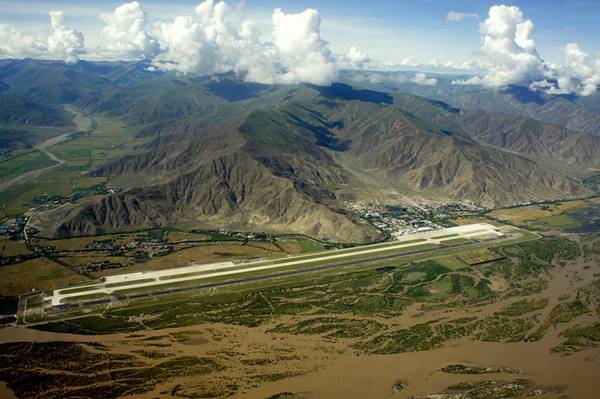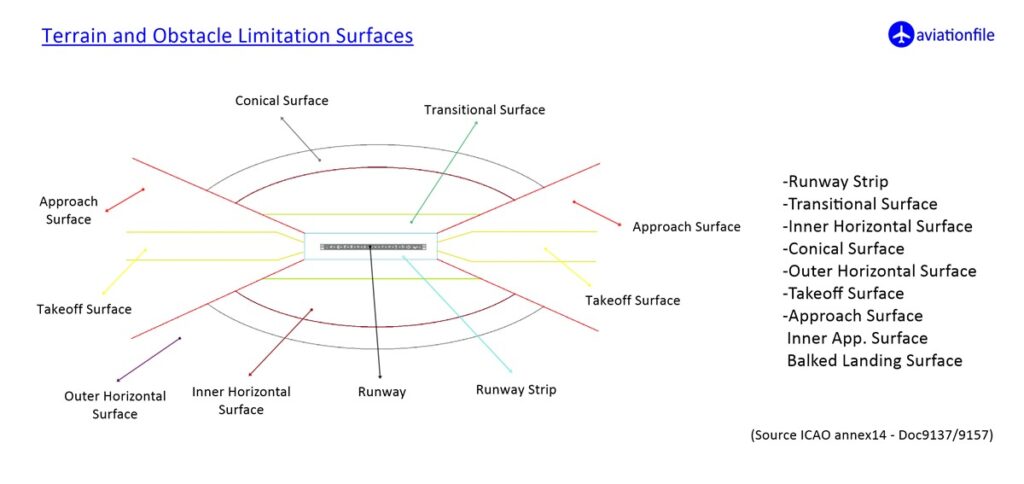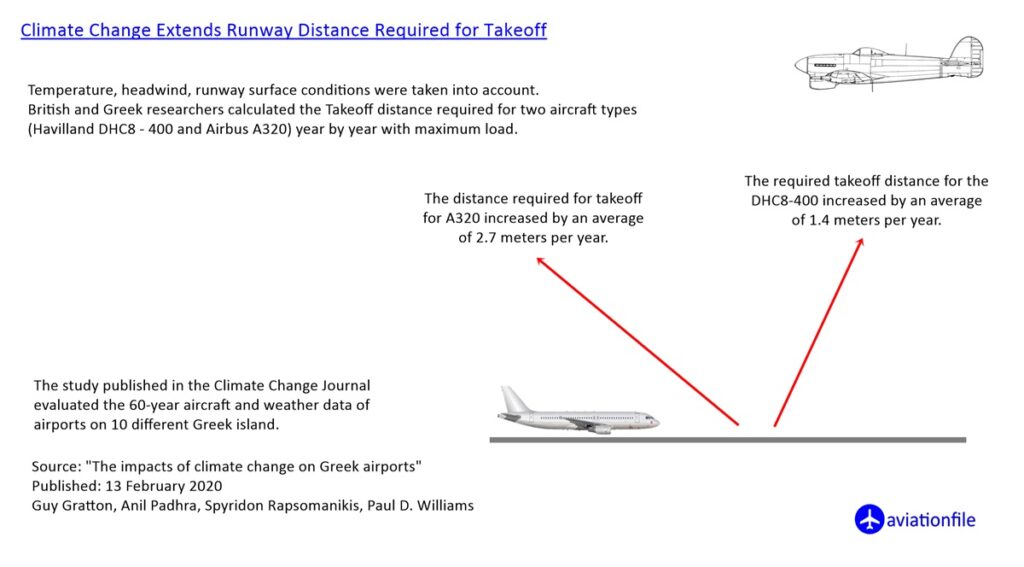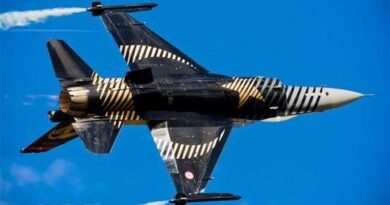Factors Affecting Runway Length
There are many airports and runways in different parts of the world. Some of them are very different from each other in terms of both physical conditions and length. So what is a runway? According to the definition of the Cambridge dictionary, the runway is defined as: “a long, level piece of ground with a specially prepared smooth, hard surface on which aircraft take off and land”.

Well, do you know that the longest runway in the world is at the Qamdo Bamda Airport with a length of 5500 meters? On the other hand, there are runways 400-500 meters long, for example, Juancho E. Yrausquin Airport. And according to Wikipedia Simko Field Airport has a 122-meter-long runway.
So what are the reasons for such differences in runway lengths? Let’s see.
Purposes of the Runways
As passengers, we mostly fly for travel purposes and we see airports and runways designed for this purpose. But not every runway is built for this purpose. Runways designed only for the use of certain types of aircraft for training purposes may generally be shorter than the runways we are used to from international airports. Or runways, which are also used for sports flights or general aviation, can be designed shorter.
Aircraft Type
Let’s consider a small C172 and B747 type aircraft. You may deduce that the runway length required for these two planes to land and take off will be different. Technically speaking, all aircraft need certain minimum distances to land and take off. And these distances vary according to some criteria. One of these criteria is aircraft types. As a result, aircraft type is a factor that affects runway length.
Elevation
Another factor is the elevation of the place where the runway is built. Elevation is a factor that affects aircraft performance in many ways. As we go higher in the atmosphere, the air pressure decreases and aircraft performance decreases, so as a runway elevation goes high, the required runway length increases for aircraft.
Meteorology
There are many factors that affect the friction/drag of airplanes on the runway. One of these factors is meteorological conditions. Friction/drag on the runway may be adversely affected during periods of rain and snowfall. Braking values may drop in such conditions. For this reason, the meteorological conditions of the geography should be taken into consideration while designing runways in terms of its dimensions.
Geography
Another factor that affects runway length is geography. Have you ever thought why airports are built where they are? For example, couldn’t London Heathrow Airport be built elsewhere 3km North or 2km East? Of course it could have been built elsewhere. However, airports and especially the places where runways are to be built must meet certain criteria.

Geography – Obstacles
For example, there must not be any obstacles at a certain distance on arrival and departure path of the runway. Or similarly, the transitional surface of the runway must be clear of obstacles. Or, there are no volcanic mountains in a certain distance to the airport. Keep in mind that these examples we have given briefly are rules with very detailed criteria. As a result, in some parts and regions in the world (especially in mountainous areas or islands), it may not be possible to build long runways which meet all these criteria. Sometimes it is necessary to shorten the runway lengths to meet these conditions.

There is no doubt that it may be possible to talk about other factors that affect runway lengths. I would be very happy if you share your information on this subject in the “Comments” section.
For more articles click.


